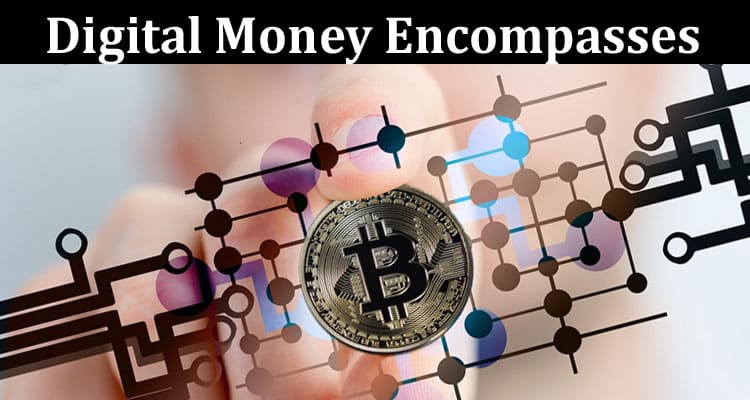When most people hear the words “digital money” the first thing they think about is cryptocurrencies. After all, we have heard the two used in the same sentence for over a decade now. While they are not strictly wrong, they have a narrow understanding of what digital money entails. This article explores the other forms of digital currencies that most do not necessarily think about.
What is Digital Currency?
Digital currency or money is a form of currency that is exchanged through a computer network. In simple terms, digital money is any money that is not in physical form. The main difference between digital and physical money is that the former does not have any unique features. For example, while you can differentiate a banknote from another by checking the serial number, you cannot tell one bitcoin from the next.
We Have Been Using Digital Money All Along
Two of the most common types of digital money that many of us have been using all this time are credit cards and mobile money. Credit cards have surpassed cash as the preferred method of payment meaning a majority of people have used a credit or debit card to pay for something in the past.
Mobile money services like PayPal and Venmo, also known as digital or e-wallets, have been around for years at this point, and they have become ubiquitous, especially in ecommerce.
The Digital Nature of Crypto
Currency as we know it helps solve a few problems. Having physical cash ensures no banknote can be used in two separate transactions at the same time. Second, having a government control how much money is in circulation helps control how much of it is out there.
These issues do come up when discussing cryptocurrencies, and the answer is that the blockchain has done a great job of dealing with them. The blockchain replaces the bank or other transaction body by recording all transactions made on the network. This means two people cannot own one bitcoin at a time and thus cannot use it at the same time.
However, cryptocurrencies can be transferred between people using exchanges like Alium Finance, and the recipient then becomes the owner of those assets or tokens.
Second, there is a finite number of digital currencies that can be mined, and they are mined very slowly. Their mining difficulty helps them control their availability and supply into the overall market just like the government does with physical money.
Credit Cards
Credit and debit cards with magnetic strips were the earliest versions of digital currency. The transaction involves a buyer, seller, and both of their bank accounts. No physical money changes hands, but some numbers on all parties’ accounts change as the buyer is debited, the seller is credited, and the bank paid a transaction fee.
In a way, we can say credit card transactions are not exchanges of value, but rather allow for the recording of account entries that are consolidated by a computer somewhere.
Conclusion
While the news has made digital currencies a hot topic in recent years, we have been using digital currency for a lot longer. Options like credit and debit cards and even e-wallet options like PayPal existed long before cryptocurrency did.


